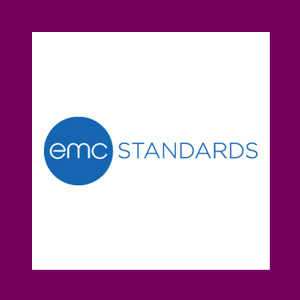The pace of contemporary information technology evolves so quickly in line with the changing needs of for profit and not for profit organisations.
As a result, these organisations are required to align their strategies with the latest technology solutions to remain in line with ongoing evolution of digital capabilities.
In order to do this, organisations utilise the expertise of specific IT professionals i.e. enterprise solutions architects and technical architects.
What’s the difference between an enterprise architect & a technical architect?
Furthermore, why can’t a technical or enterprise architect guarantee a successfully executed IT project on their own?
Well, enterprise architects are responsible for defining strategic direction.
On the other hand, technical architects are responsible for interpreting the strategic direction of the organisation and determining and implementing the most appropriate information technology solutions.
Unless this critical link is established, it has been shown that around 50% of IT projects fail.

Unlike enterprise and solutions architects, technical architects operate in a very “hands on” manner during IT project implementation.
In addition, technical architects tend to concentrate their effort on one particular aspect of implementation where they are involved in defining best practice.
In other words, they facilitate a specific element of the technical implementation process like a LOLER inspection checklist app .
That is because individual processes demand a lot of detailed expertise in a single technology field.
It is because of this that technical architects are also designated with a name according to their area of expertise like EMC or Net App architect.
Technical architects possess a unique combination of insightful managerial capability plus advanced technical IT expertise. They perform a bridging function between both the business and technical aspects of organisations and oversee the development and implementation of information technology systems.
A technical architects are some of the most highly sought after IT professionals today operating in a wide variety of technologies all over the UK employed in systems as diverse as automatic car park barriers, medical scanners, HVAC systems, computing and telecommunications.
That is because as information technology systems architects, they are specialists that create, implement and subsequently maintain information technology systems for organisations seeking to substantially grow their operations. They possess and ideal mixture of managerial aptitude and technical information technology knowledge.

The scope of activities that technical architects are involved with includes:
Technical architects manage information technology projects right from their inception right up to their completion.
That is why it is vitally important for them to possess in-depth knowledge and understanding of all technical and business related aspects of a system because they are the link between designers, developers and managers.
Technical architects can often find themselves in charge of large work teams comprising designers, developers and other technical engineers working on safety inspection software . Acting as a technical project manager, they define the scope and structure of specific systems and manage assignment of information technology development activities.
Compared with other IT architect roles, technical architects are the closest operators to organisational users. As a result, they are responsible for ensuring that their IT systems provide the exact functionality requited by the end user and are delivered on time.
In order to achieve this, technical architects work hand in hand with both enterprise and solutions architects acting as the linking function between a strategic concept and its technical delivery in practice.
All three roles are involved in putting new information technology into organisations. However, the technical architect manage all aspects of new information technology implementation and have an additional responsibility for informing all organisational stakeholders about prospective threats that may arise.

